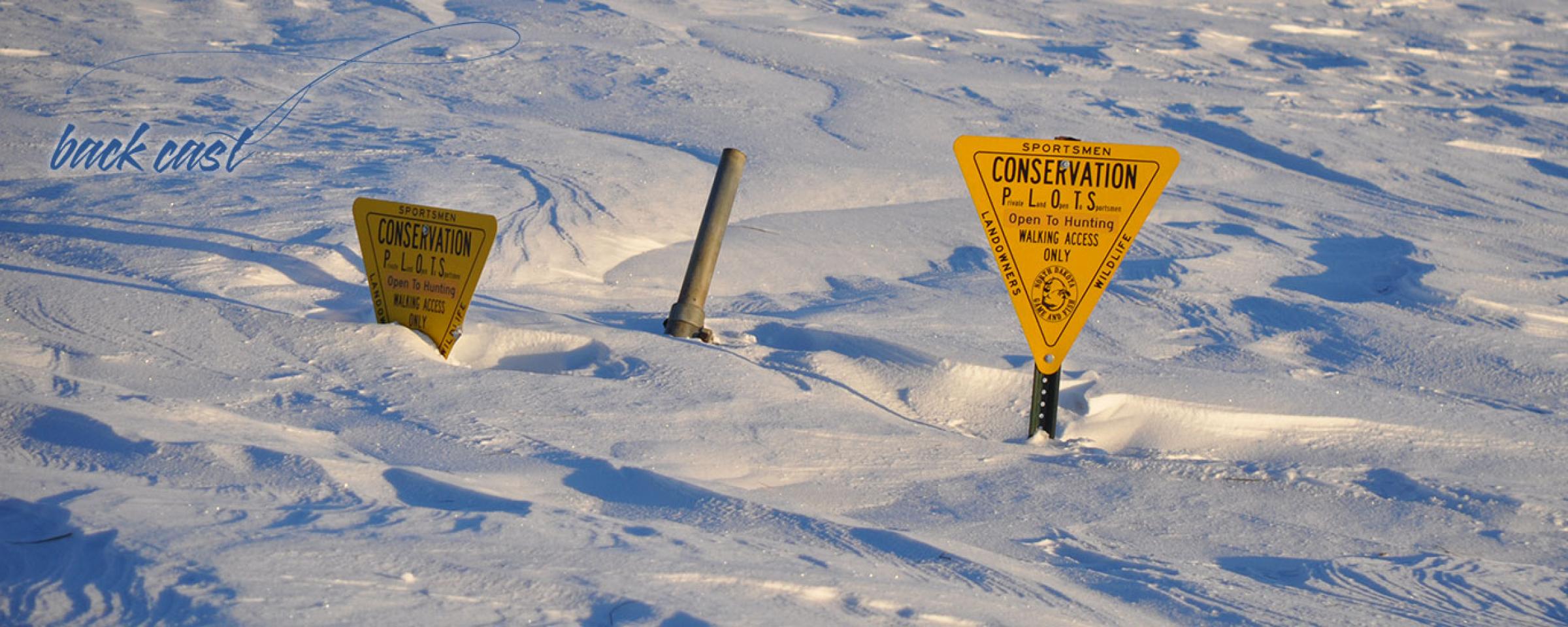
Back Cast
Snow and cold changes things.
A lot of one or the other, or worse, both, leaves you wondering who you ticked off.
While at this writing, early February, it’s too early to say if winter will go down as one of note, we can be certain that we’ll remember how it got rolling.
In November, the opening weekend of the deer gun season, we skinned and quartered my son’s doe sometime after lunch in T-shirts. We stored the quarters in a big cooler loaded with two blocks of ice, and wondered if the ice would hold for another day or two.
It was hot, sweaty work, unusual for that time of year, but better than the alternative. Friends hunting deer, and others chasing pheasants, said at the time and days after, that it was too warm to get the deer moving and tough on their bird dogs.
Even so, most agreed that every nice day in November would make winter, which was certainly coming, a little shorter.
When it started snowing after Thanksgiving, it seemed to never let up. Schools and businesses closed, and my avid across-the-street pheasant hunting neighbor, armed with a snow shovel and not his shotgun, yelled that he held no hopes for the ringnecks having to deal with all this.
On my side of the street, an immature, fruit-bearing tree, heavy with ice and snow that we planted in summer for songbirds, fox squirrels and our enjoyment, looked like an old man, bent at the waist trying like mad, but without success, to touch his toes.
It’s a mistake, or simply a misuse of time, to sit and hope for a change – for access to open up on area ice fishing lakes, for roads to clear where we like to hunt cottontails with .22s when little else is in season. With 50-plus inches of snow so far this winter, and more than a foot remaining on the level, it is what it is.
In mid-January in a heated garage, some friends and I mixed with pork and ground into sausage the doe we quartered in T-shirts weeks earlier.
Broken down, the step-by-step, from-field-to-table process is fundamental, but it didn’t appear as such at first glance. You couldn’t toss a hind shank without hitting two or three plastic tubs; two vacuum sealers and rolls of plastic bags; electric grinder and attachments; stuffer and attachments; hand-crank mixer; premeasured bags of spices; premeasured bags of pork; pork casings soaking in a bucket of water; and a touch-screen tablet monitoring the temperature of the meat hanging in the propane-fired smoker outside.
I showed up with two knives, sharpener and cash, all of which fit into my pants and coat pockets.
I was enlivened by the experience, not only because the smoked meats and spices smelled so darn good, but because it got me out of the house and nearer to what I enjoy.
We weren’t hunting, but we were closer to it than we had been for much of the winter. Some photos were shared and old deer hunting stories told, most of which sounded almost true.
